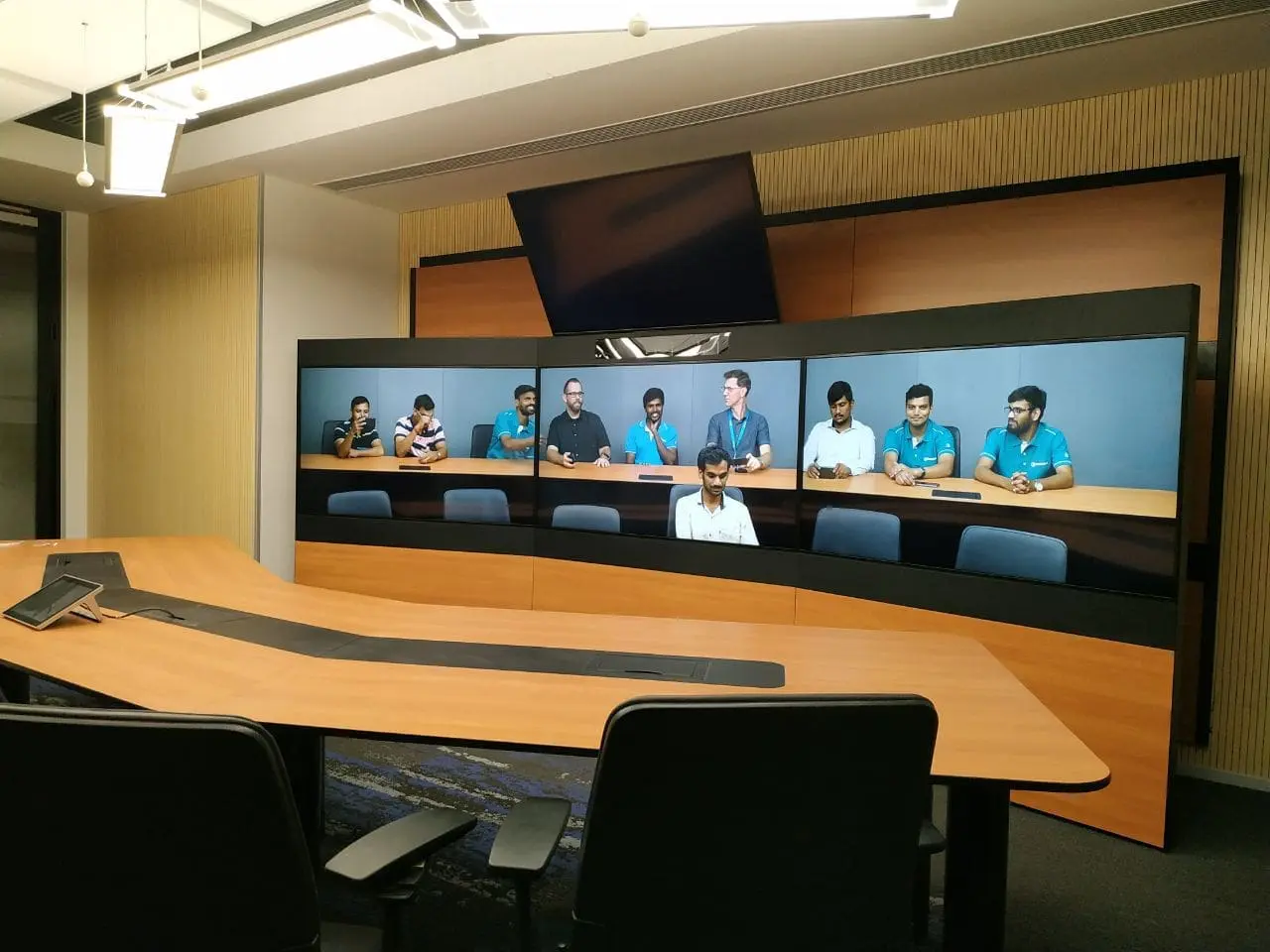In 2024, it’s much easier for companies to seek global opportunities beyond their native country. With the focus on remote working, global enterprises can now recruit people across nations, irrespective of their geographical locations. What’s more interesting is that globally, customers are also demanding the same quality of products or services from the company.
As a member of the PSNI Global Alliance, Resurgent is now an integral part of a global network of AV solution providers and professionals. With this alliance, our customers can deploy their AV solutions across international locations with greater ease and total assurance of quality. Here’s why this is important.
Clearly, it’s not easy for organizations to deploy AV solutions across multiple nations. They face a host of challenges when it comes to integrating meeting rooms (across countries) and providing a consistent user experience across touchpoints.
In this blog, let’s first discuss 6 major challenges facing global AV deployments, and how to overcome them:
- Lack of coherence in the AV solution
The global workplace has moved from the confines of a single office premise to multiple locations, devices, and time zones. Global enterprises now have to reimagine how employees across time zones can collaborate and work with each other efficiently.
With the emergence of many communication tools, an incoherent (or non-integrated) AV solution is not able to deliver a unified communication platform and experience, which can eliminate organizational silos and enable seamless interaction. There’s an urgent need for global enterprises to integrate the best of AV solutions into a single unified collaboration platform.
- Lack of a consistent AV experience
To prevent issues related to discrimination among employees across locations, global organizations need to provide a consistent AV experience for their distributed workforce. However, this is easier said than done. Among the many challenges, global companies need to work with different AV integrators, instead of finding a single integrator with AV expertise across locations.
For example, a “virtual” meeting room must have a standardized UX across regions and time zones. However, in reality, meeting rooms across integrators may provide a different experience to global users, along with varying customer support and a general lack of understanding of the organization’s communication needs.
- Adherence to local standards
Every geographical location or country has its share of local labour laws, taxes, languages, and industry standards. For successful implementation, AV solutions must meet the local standards of each region.
Additionally, companies deploying global AV solutions must be cognizant of the technology infrastructure (hardware, software, and communication) in each country. A global AV solution must address these location-specific challenges and provide seamless connectivity across borders.
- Ineffective project management
Companies also face the challenges of high costs and miscommunications when implementing a global AV project. Effective project management requires detailed considerations about:
- Local labor regulations
- Availability of a qualified project management team and resources
- Tracking the project rollout for on-time completion
- Breaking down project milestones
Project management is essential for the successful rollout of any global AV project. Post the deployment, companies must also address any bottlenecks and flaws in the AV infrastructure to optimize the solution for efficiency.
- System downtime and poor support
Unplanned downtime in AV systems can directly impact global operations and revenues. According to the findings of this TWD whitepaper, downtime in communication systems can take away 21% of the business revenues. Without a proactive maintenance strategy, companies cannot hope to minimize system downtime (across multiple regions and locations).
Regular equipment breakdowns can impact team operations and also reduce the life of the AV system. With proper equipment monitoring, companies can spot defects and inefficiencies in their global AV system, thus reducing downtime.
- Complicated user experience
As AV systems grow in complexity and functionality, it also complicates the user experience. Global users often find AV solutions hard to learn and use, with functionalities varying across locations. Besides, without understanding their communication requirements, companies often waste money on AV features that they do not need.
For an efficient user experience, global AV solutions must follow a standardized deployment approach. Right from the initial deployment stage to the after-sale support, AV users must have a consistent experience when interacting with these systems.
How the Resurgent-PSNI partnership can overcome these challenges
As a world-class AV solution provider, Resurgent has enabled global businesses across domains to improve collaboration and work efficiency among distributed teams. The PSNI Global Alliance was formed to improve global reach and deploy the best AV solutions and services across the globe.
As part of the PSNI Global Alliance, Resurgent can provide its customers easy access to its global network of AV solution providers and experts. Here’s how this partnership can benefit your global operations:
- Leverage the expertise of AV professionals who are part of the PSNI Global Alliance.
- Implement a standard AV solution that can overcome locational and cultural barriers.
- Standardize the global deployment process to provide a consistent user experience.
- Ensure uninterrupted operations with minimal downtime and optimized performance.
You can explore the best AV solutions at the 2024 ISE event organized by PSNI Global Alliance. If you want to be part of this exciting journey, register with us today!



